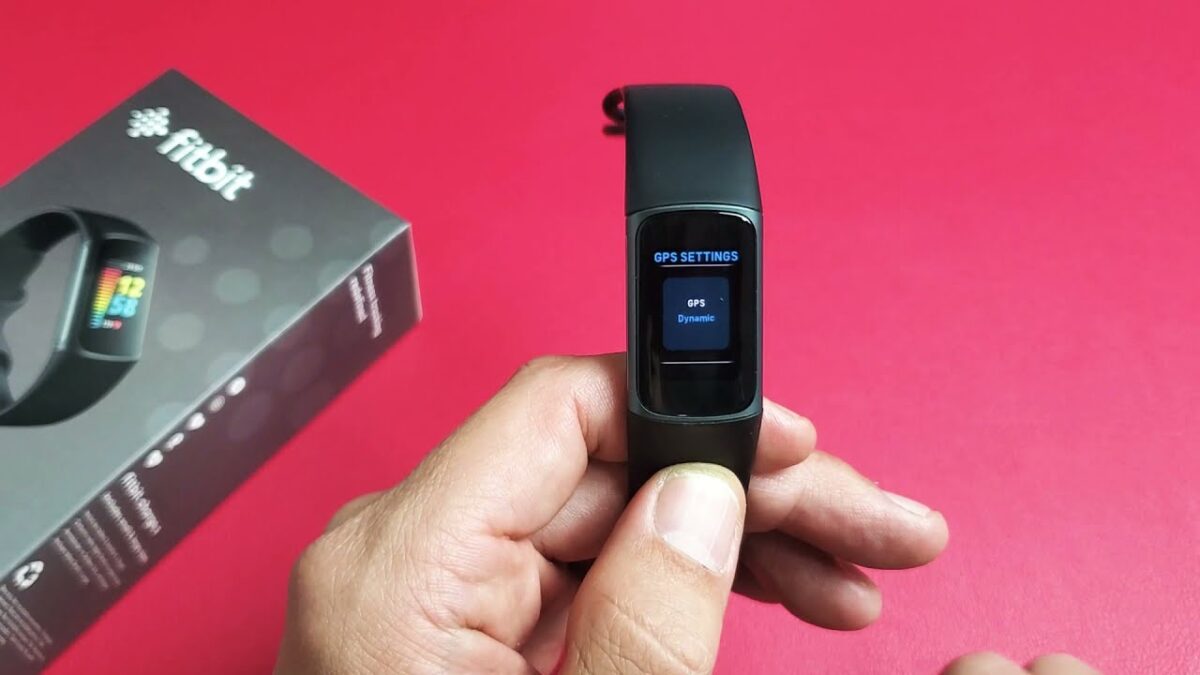Global Positioning System (GPS) technology has become an integral part of our daily lives, providing us with accurate location information and facilitating seamless navigation. Whether you’re driving, hiking, or exploring a new city, understanding how to use GPS settings can enhance your overall experience and ensure you reach your destination with confidence. In this comprehensive guide, we’ll delve into the basics of GPS technology, explore the various settings available on GPS-enabled devices, and provide step-by-step instructions on maximizing the utility of GPS for different scenarios.
Understanding GPS Basics:
Before we delve into the practical aspects of using GPS settings, let’s briefly understand the fundamentals of GPS technology.
1. What is GPS?
The Global Positioning System (GPS) is a satellite-based navigation system that allows users to determine their precise location anywhere on Earth.
2. How does GPS work?
GPS receivers, present in smartphones, navigation devices, and other gadgets, communicate with satellites orbiting the Earth. By triangulating signals from multiple satellites, the receiver calculates the user’s exact position.
3. Accuracy of GPS:
GPS accuracy can vary, depending on factors like the number of visible satellites, atmospheric conditions, and the quality of the GPS receiver. In optimal conditions, GPS can provide accuracy within a few meters.
Using GPS Settings for Navigation:
A. GPS Settings on Smartphones:
Enabling Location Services:
On both Android and iOS devices, navigate to “Settings” and find the “Location” or “Privacy” section. Ensure that location services are turned on.
Choosing GPS Mode:
Smartphones offer different location modes, including GPS only, GPS and network, and battery-saving modes. For precise navigation, select “GPS only” or a similar option to rely solely on satellite signals.
Accessing Navigation Apps:
Popular navigation apps like Google Maps, Apple Maps, or Waze utilize GPS for real-time navigation. Open the preferred app, enter your destination, and follow the on-screen instructions.
Saving Offline Maps:
In areas with limited connectivity, offline maps can be a lifesaver. Most navigation apps allow users to download maps for offline use. Explore the app settings to download maps for specific regions.
B. GPS Settings on Dedicated Navigation Devices:
Powering On the Device:
Turn on your GPS navigation device and ensure it has a clear view of the sky to establish a connection with satellites.
Setting the Location:
Many GPS devices have an initial setup where you enter your current location or select a destination. Follow the on-screen prompts to configure the device.
Choosing Navigation Preferences:
GPS devices often offer customization options for navigation preferences. This includes route preferences (fastest route, shortest route, etc.), avoidance settings (tolls, highways, etc.), and display preferences (3D maps, night mode, etc.).
Updating Maps and Software:
Regularly update the device’s maps and software to ensure accurate navigation. Check for updates in the device settings or connect it to a computer for the latest downloads.
Utilizing GPS for Outdoor Activities:
A. Hiking and Trekking:
Using GPS Apps:
Many outdoor enthusiasts use GPS apps designed for hiking and trekking. Apps like AllTrails, Gaia GPS, or Komoot offer detailed trail maps and GPS tracking features.
Configuring Waypoints:
Before embarking on a hike, set waypoints for key locations or landmarks. This helps in tracking progress and ensuring you stay on the right path.
Utilizing Offline Maps:
In areas with poor or no cellular signal, download offline maps for your hiking route. This ensures you have access to maps even when not connected to the internet.
B. Geocaching:
GPS Accuracy Settings:
Geocaching, a popular outdoor activity, requires precise GPS accuracy. Adjust your GPS device or smartphone settings to enhance accuracy, ensuring you’re in the proximity of hidden caches.
Logging Trackables:
GPS devices often allow users to log trackables, providing a record of your geocaching adventures. Familiarize yourself with your device’s trackable features.
Connecting with Geocaching Apps:
Explore geocaching-specific apps that provide additional features, such as clues, hints, and a community of fellow geocachers.
Troubleshooting GPS Issues:
Calibrating Compass:
If your device has a built-in compass, calibrate it regularly for accurate direction readings. This is particularly important for outdoor activities like hiking.
Checking Satellite Signal:
In urban environments or areas with dense tree cover, GPS signals can be obstructed. Ensure you have a clear line of sight to the sky for optimal satellite connectivity.
Updating Firmware:
GPS devices, especially standalone navigation units, may require firmware updates for improved performance. Check the manufacturer’s website for the latest updates.
Conserving Battery:
GPS usage can drain your device’s battery quickly. Use battery-saving modes, lower screen brightness, and carry a portable charger for longer journeys.
Conclusion:
Mastering the use of GPS settings opens up a world of possibilities, from stress-free city navigation to thrilling outdoor adventures. Whether you’re relying on your smartphone or a dedicated GPS device, understanding the various settings and features enhances your overall experience. As technology continues to advance, integrating GPS into your daily activities becomes not just a convenience but a valuable skill for navigating the modern world. So, whether you’re exploring uncharted territories or simply finding your way through a bustling city, let the precision of GPS guide you with confidence.
